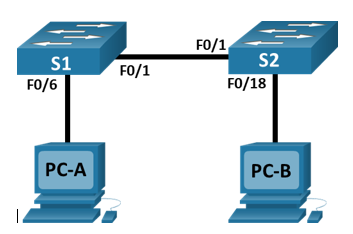Basics of Python
Python is a high-level, interpreted programming language known for its simplicity and readability. It’s widely used in web development, data analysis, automation, artificial intelligence, and more.
A high-level programming language is designed to be easier for humans to read, write, and understand.
Low-level programming languages are harder for humans to understand because they use complex, hardware-specific instructions with minimal abstraction, requiring detailed knowledge of computer architecture.
Basic data types include:
Integer (whole numbers like 10)
Float (decimal numbers like 5.76)
String (Text like "Hi")
Boolean (True or False)
In Python, if, elif, and else are used for conditional statements, which allow the program to make decisions based on specific conditions.
Here is a basic python script I made to work out if you can have an alcoholic drink.

